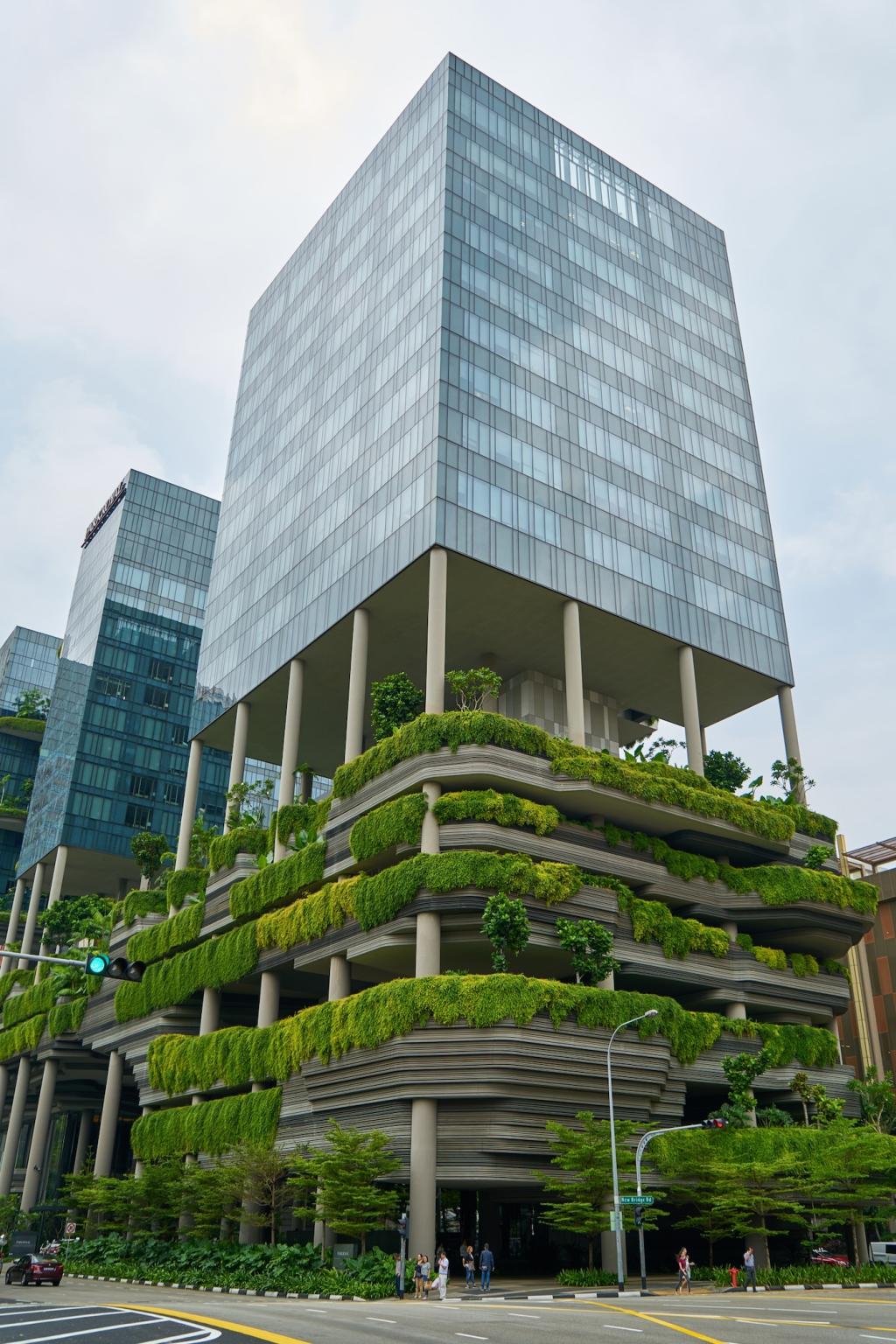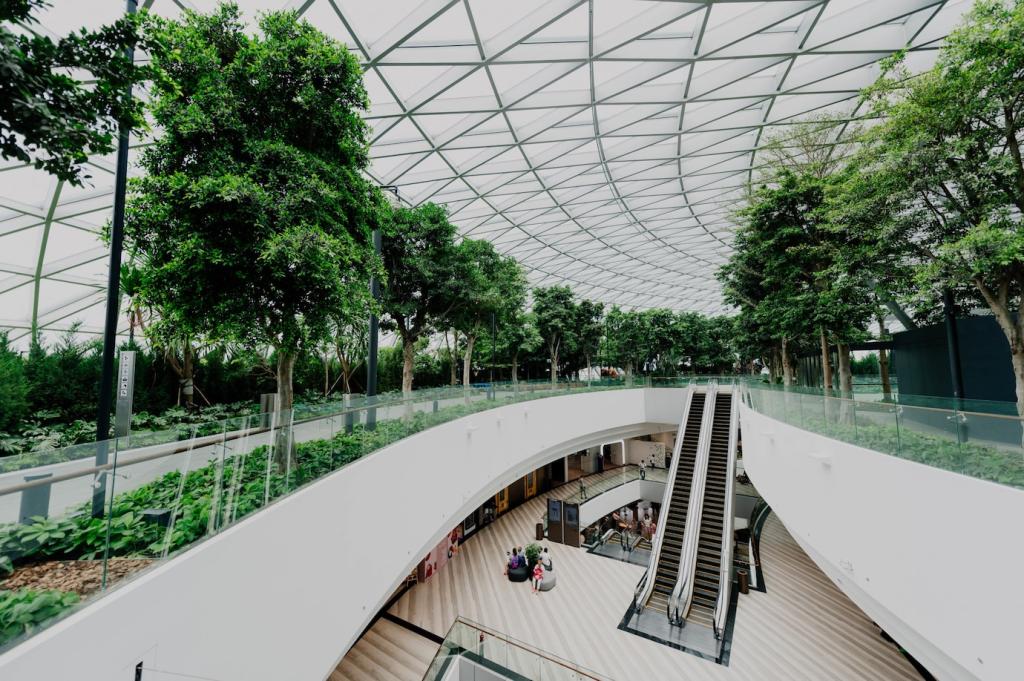Daylight and Natural Ventilation as Organizing Forces
Align operable windows across rooms, keep door heads high, and avoid dead-end corners. Breezes prefer clean routes, not obstacle courses. Add insect screens and privacy fins where needed. Where does your home’s breeze stall?
Daylight and Natural Ventilation as Organizing Forces
A compact void with high-level vents draws warm air up and out, pulling cool air through shaded inlets. Skylights with baffles diffuse glare. Have you felt a stairwell draft on summer nights? That’s a plan doing work.









